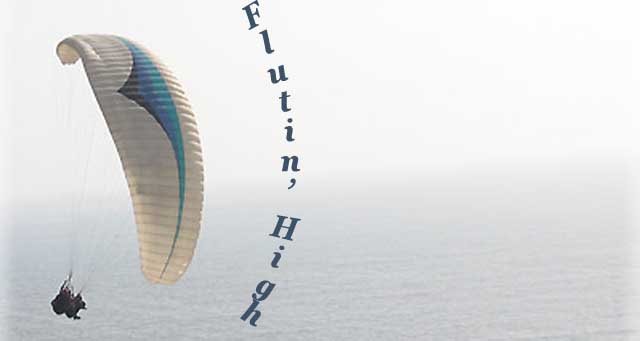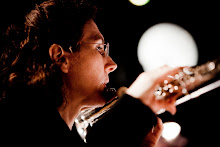 Working on the Berio Sequenza, I've been trying to figure out ways to double tongue faster. Theoretically, I presume, one should be able to double tongue exactly twice as fast as one can single tongue. [1x ST = 2x DT] So if I can single tongue 16th notes at mm.=120, why can't I double tongue 32nd notes at the same speed? It works sometimes, but only for a short burst of time.
Working on the Berio Sequenza, I've been trying to figure out ways to double tongue faster. Theoretically, I presume, one should be able to double tongue exactly twice as fast as one can single tongue. [1x ST = 2x DT] So if I can single tongue 16th notes at mm.=120, why can't I double tongue 32nd notes at the same speed? It works sometimes, but only for a short burst of time.Here's how I'm working to prolong it: practice double tonguing as fast as possible independent from the beat - not trying to fit two or for or however many on a certain note. It's kind of like how you try to get vibrato to sound smooth, not sounding like 4 or 5 to a beat but just natural. Try it with the tongue!
Take Taffanel/Gaubert e.j. no. 4
I'll play the ascending line slurred, then descending with double tonguing as fast as possible independent of the beat, but keeping the fingers in time. Usually I start with tempo mm.=100 then work up. Then I will switch, ascend with double tonguing, then descend legato.
Going back and forth between fast articulation and legato gives a good rest for the tongue, and it's a good way to focus on the tempo again. (For some reason, my brain can turn off when articulating fast!) When I feel confident, I will try articulating ascending and descending.
One thing that helps: with the tongue moving so fast, it really does interfere with the airstream. Therefore, you really need a steady support from the abdominal muscles - it actually helps when keep them firm and moving in and up when exhaling.
Berio uses this technique of double tonguing as fast as possible in his woodwind quintet also - so it's good preparation for his other works!
Photo: Arthur Sassa/AFP-Getty Images File


